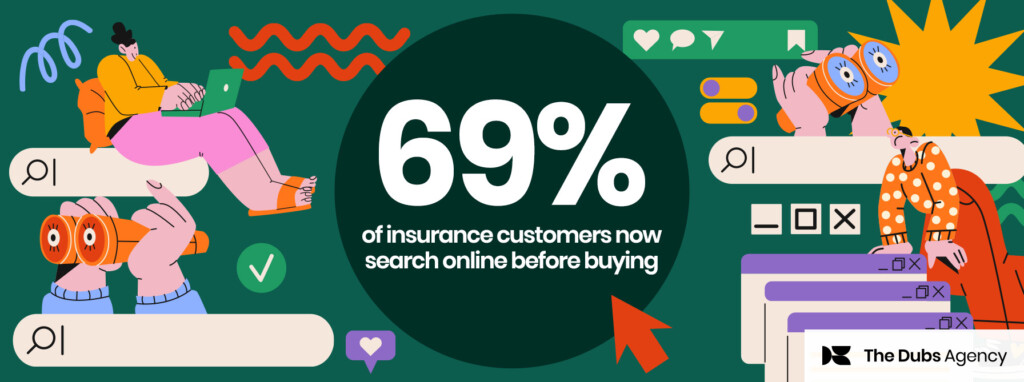As artificial intelligence (AI) becomes ever more embedded across finance—from algorithmic fund management to client engagement—it is increasingly clear that AI ethics is not an optional extra but a strategic differentiator. Firms that build ethical rigour into data sourcing, model training and deployment not only tick regulatory boxes but can also gain trust from clients, investors and regulators.
Regulation sets the tone
The Financial Conduct Authority (FCA)* has voiced clear concerns over “autonomous agents operating… at phenomenal speeds” in financial markets, which risk undermining the principle of clean markets. While the UK leans towards regulator‑led guidance over prescriptive rules, the message is unambiguous: reliability, explainability, data integrity and governance must be integral to any AI solution.
In parallel, the EU’s AI Act introduces a risk‑based framework that mandates transparency in model training data and requires meaningful human oversight. The legislation, recently passed by the European Parliament, will soon become enforceable across member states, putting non‑compliant tools at risk of fines and reputational harm—particularly in regulated sectors like asset management and investment banking.
Copyright‑clean data is non‑negotiable
Legal provenance is no longer a back‑office concern. As Reuters highlights, the opacity of so‑called ‘black box’ models presents not just operational risk, but a legal one too. AI tools trained on copyrighted materials without permission may be unusable in production settings, especially under closer scrutiny from compliance teams.
Amundi Technology offers a case in point. The platform’s AI modules for investment and risk analysis use strictly licensed datasets, avoiding publicly scraped sources. According to executives quoted in industry publications, this was a deliberate choice to align with MiFID II and GDPR expectations—demonstrating how data integrity contributes directly to client confidence and commercial adoption.
Ethics influences client and investor appeal
Firms such as Goldman Sachs, Schroders Capital and Liquidity Group* are exploring AI’s potential across deal sourcing and operational optimisation. However, all three have stressed the risks of data bias and the need for robust human oversight during deployment.
“ Ethical AI isn’t a bolt‑on compliance measure. It’s the new foundation of trust in financial services.”
“ Ethical AI isn’t a bolt‑on compliance measure. It’s the new foundation of trust in financial services.”
A recent EY survey of European financial institutions highlighted a dual imperative: firms must invest in AI capability and also ensure their frameworks address ethics and social responsibility. As marketing professionals, this opens a narrative advantage—demonstrating a clear link between responsible AI and long‑term performance outcomes.
Margaret Mitchell on ethics and intent
Margaret Mitchell, chief ethics scientist at Hugging Face and a former AI lead at Google, warns against progress for its own sake. In an interview with the Financial Times, she said:
“ The AI community often prioritises technological advancement over societal well‑being, leading to biases and real‑world harms.” In the context of finance, where decisions impact not just portfolios but people’s lives, this perspective is critical.”
“ The AI community often prioritises technological advancement over societal well‑being, leading to biases and real‑world harms.” In the context of finance, where decisions impact not just portfolios but people’s lives, this perspective is critical.”
Financial stability and systemic risk
The Bank of England notes that three in four UK financial firms already use AI in some capacity, with applications expected to double in the next five years. However, it also highlights systemic risks linked to overreliance on third‑party models and infrastructure. A report from the Financial Stability Board echoes this, warning that wide‑scale adoption of unverified or homogenous models could amplify shocks across global markets.
Again, marketers have a unique opportunity to position their firms as risk‑mitigated and regulation‑ready—both powerful differentiators in capital markets communications.
Why ethics sells
Trust sells, and ethical AI builds trust. According to a recent LinkedIn article highlighting that “companies conducting AI ethics audits report double the ROI compared to those who don’t”, the message for marketing teams is clear:
- Promote certified model audits and bias checks
- Communicate readiness under FCA and EU regulation
- Showcase case studies with measurable impacts
- Seek third-party endorsements from industry bodies such as UK Finance or the CFA Institute
AI framework for marketers
| Focus area | Messaging angle |
|---|---|
| Ethically sourced data | “We only use licensed, auditable data with full traceability” |
| Transparency | “Our AI models are explainable and subject to human review” |
| Bias control | “Ongoing bias testing using independent benchmarks” |
| Governance | “We maintain an AI ethics board and cross‑functional governance committee” |
| Systemic resilience | “Our AI tools are stress‑tested to minimise market‑wide risk exposure” |
These are not just compliance ticks—they are critical touch points in buyer journeys.
Looking ahead
As the AI Act takes hold in Europe and UK regulators evolve their response, the bar is rising. Ethical AI is no longer a side note, but central to brand differentiation and long‑term adoption. Finance marketers who can confidently tell this story—grounded in transparency, regulation and commercial impact—will set the pace for the sector.
If you’d like to know more contact The Dubs Agency we’d love to help.
* Link may require subscription to view full article







